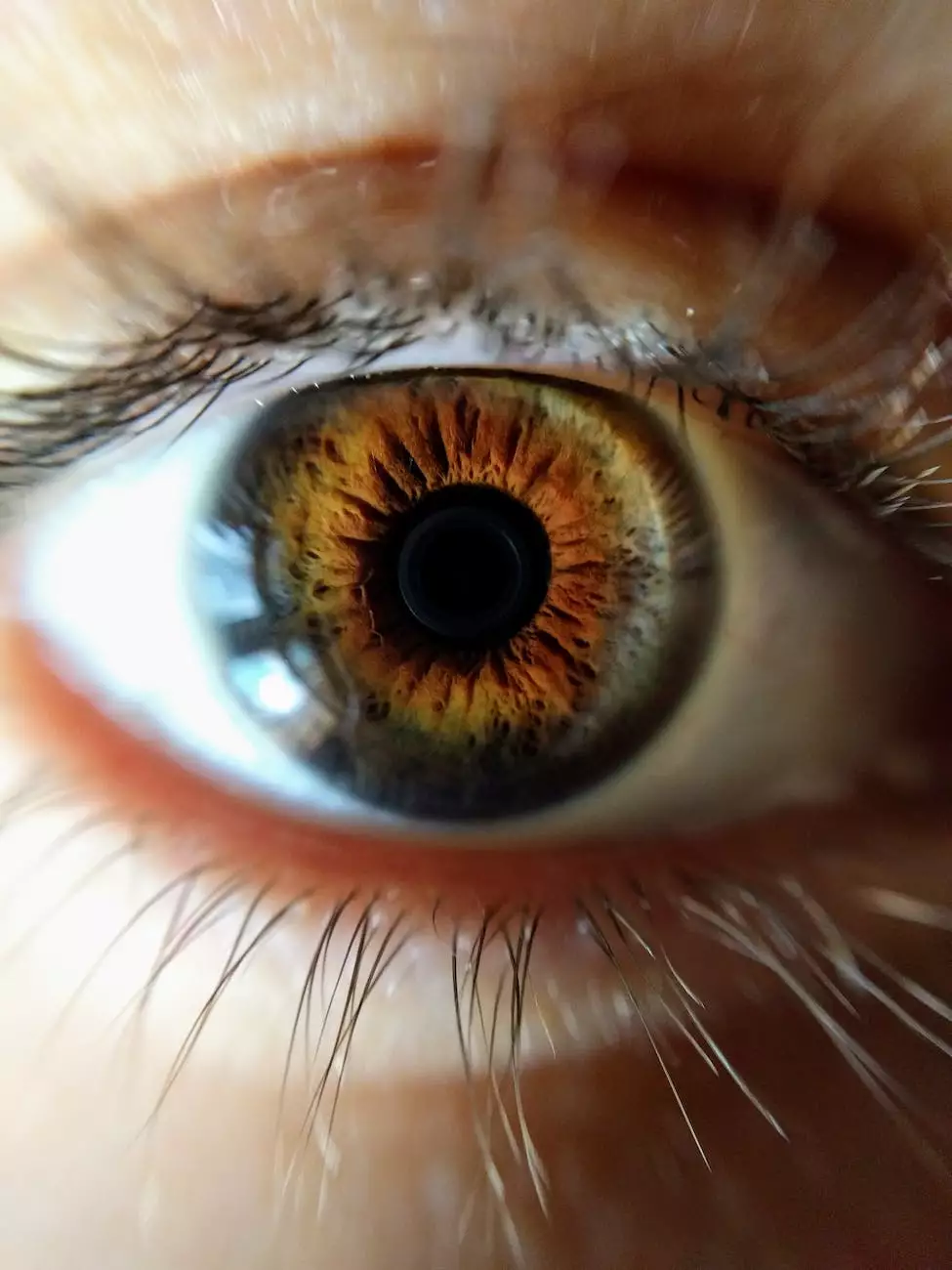Glossary of Ocular Conditions - Family Vision Care
Blog
Introduction
Welcome to the comprehensive glossary of ocular conditions provided by Baron Rick W Dr's Family Vision Care. Here, you will find detailed information about various eye conditions, their causes, symptoms, and treatment options. Our aim is to help you gain a better understanding of ocular health and empower you to make informed decisions regarding your eye care.
Common Ocular Conditions
1. Myopia
Myopia, commonly referred to as nearsightedness, is a refractive error where individuals have difficulty focusing on distant objects. It occurs when the eyeball is slightly longer than normal or the cornea has excessive curvature. Symptoms may include blurred vision in the distance and eyestrain. Myopia can be corrected with eyeglasses, contact lenses, or refractive surgery.
2. Hyperopia
Hyperopia, also known as farsightedness, is a vision condition where individuals have difficulty focusing on nearby objects. It occurs when the eyeball is shorter than normal or the cornea has insufficient curvature. Symptoms may include blurry vision up close, eye strain, and headaches. Hyperopia can be corrected with eyeglasses, contact lenses, or refractive surgery.
3. Astigmatism
Astigmatism is a common eye condition that causes blurred or distorted vision. It occurs when the cornea or lens has an irregular shape, resulting in light rays not focusing properly on the retina. Symptoms may include blurry vision at all distances, eyestrain, and headaches. Astigmatism can be corrected with eyeglasses, contact lenses, or refractive surgery.
4. Cataracts
Cataracts refer to the clouding of the lens in the eye, leading to blurry vision and reduced visual acuity. It commonly occurs as a result of aging and can also be caused by injury, certain medications, or underlying health conditions. Cataracts can be surgically removed and replaced with an artificial lens to restore clear vision.
5. Glaucoma
Glaucoma is a group of eye conditions characterized by damage to the optic nerve, often accompanied by elevated intraocular pressure. It can lead to vision loss and, if left untreated, permanent blindness. Regular eye examinations are crucial for early detection and treatment. Treatment options for glaucoma may include eye drops, oral medications, laser therapy, or surgery.
6. Age-Related Macular Degeneration (AMD)
AMD is a degenerative eye disease that affects the macula, which is responsible for clear central vision. It commonly occurs with aging and is a leading cause of vision loss in older adults. AMD can be categorized as dry (non-neovascular) or wet (neovascular), with different treatment approaches for each type.
7. Diabetic Retinopathy
Diabetic retinopathy is an ocular complication of diabetes that occurs when high blood sugar levels damage the blood vessels in the retina. It can lead to vision loss if left untreated. Regular eye examinations are crucial for individuals with diabetes to detect and manage diabetic retinopathy. Treatment options may include laser therapy, injections, or surgery.
8. Dry Eye Syndrome
Dry eye syndrome is a common condition where the eyes do not produce enough tears or the tears evaporate too quickly. It can result in discomfort, redness, sensitivity to light, and blurred vision. Treatment options for dry eye syndrome may include artificial tears, prescription eye drops, lifestyle changes, and in severe cases, punctal plugs or surgery.
9. Retinal Detachment
Retinal detachment occurs when the retina, a thin layer of tissue at the back of the eye, pulls away from its normal position. It is a serious condition that can cause vision loss if not promptly treated. Symptoms may include the sudden appearance of floaters, flashes of light, or a curtain-like shadow over the visual field. Retinal detachment requires immediate medical attention and often requires surgical intervention.
10. Conjunctivitis
Conjunctivitis, commonly known as pink eye, is an inflammation of the conjunctiva, the thin membrane that covers the whites of the eyes and the inner surface of the eyelids. It can be caused by allergies, viral or bacterial infections. Symptoms may include redness, itching, watering, and discharge. Treatment for conjunctivitis depends on the underlying cause and may involve medications, compresses, or eye drops.
Conclusion
At Baron Rick W Dr's Family Vision Care, we understand the importance of providing you with accurate and comprehensive information about ocular conditions. Our glossary serves as a valuable resource to help you better understand various eye conditions, their causes, symptoms, and available treatment options. Remember, early detection and timely treatment are key to preserving optimal ocular health. If you have any concerns or experience any symptoms related to your eyes, it is essential to consult with an eye care professional for a thorough examination and personalized care.




